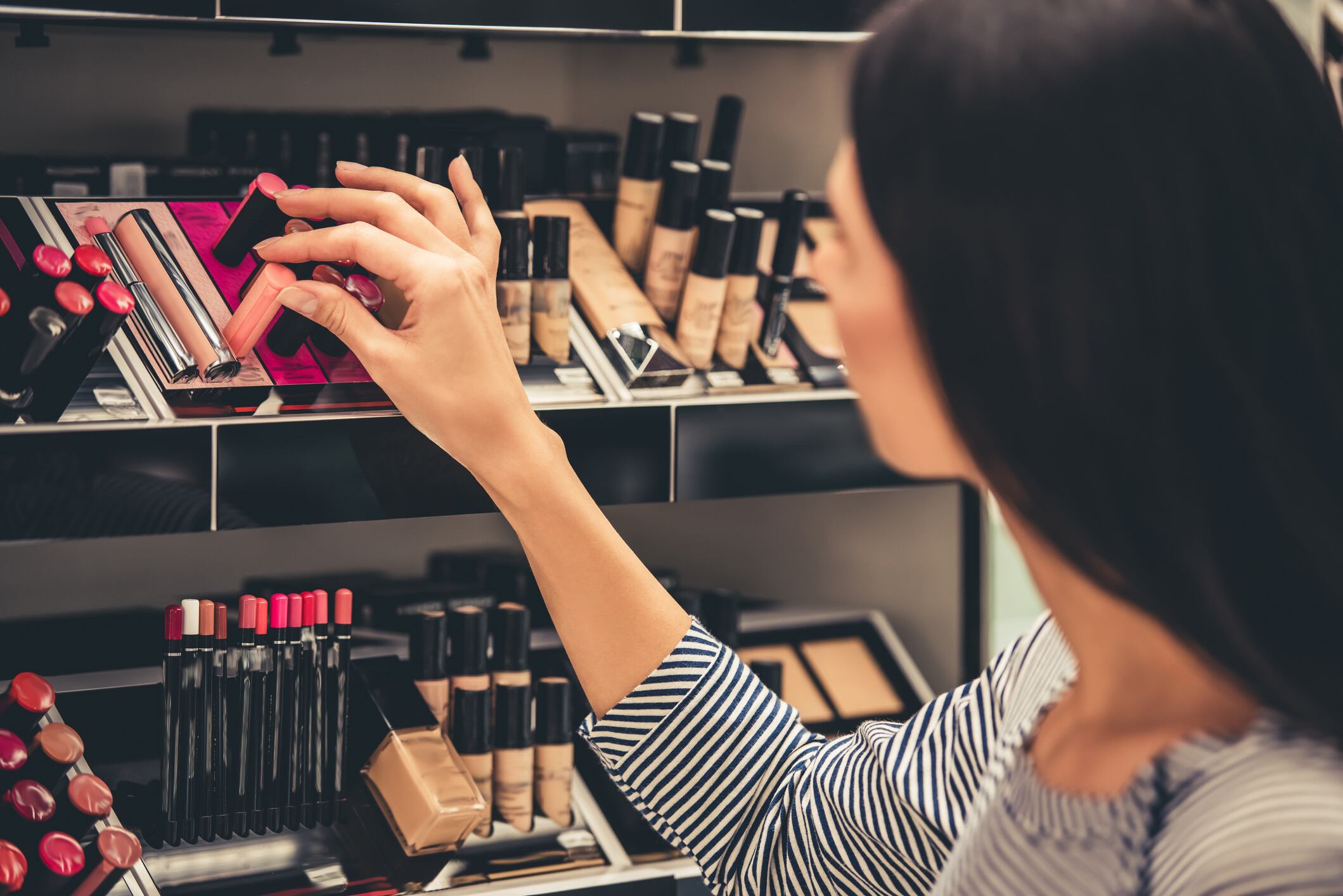Stakeholders in the US cosmetic and personal care market are facing a fast-evolving landscape shaped by consumer demand for hyper-personalization, AI-driven diagnostics, and biologically rooted formulations, according to Coresight Research’s latest report, US Beauty Retailing: Themes, Concepts and Innovators—Personalization, Tech-Integrated and Wellness-Focused.
We spoke to Madhav Pitaliya, senior analyst at Coresight Research and author of the report, who outlined how beauty is shifting “from the surface to the cell,” challenging industry stakeholders to adapt operations across the value chain.
Personalization now a baseline standard
Coresight’s report positions personalization as “an expected standard” in beauty retail, which can have significant implications for product design and manufacturing infrastructure.
“Personalization has rapidly evolved from a differentiator to an expected baseline in the beauty industry,” Pitaliya told CosmeticsDesign. “It’s requiring manufacturers and suppliers to fundamentally reimagine their R&D and production frameworks.”
Brands are increasingly adopting modular systems to accommodate micro-batching, adaptive manufacturing, and real-time customization based on biometric data. “Companies are moving away from static formulations toward dynamic, data-driven systems based on individual skin type needs,” Pitaliya said.
The report cites companies such as L’Oréal, Estée Lauder, and Unilever as early adopters of these approaches, which include embedding AI-driven skin analysis tools, biosensor integration, and real-time product matching “to deliver the next generation of individualized beauty,” he added.
Reshaping the full beauty value chain
The report identifies AI and biotechnology as “dual engines” driving the future of the beauty sector, with impact spanning formulation, manufacturing, supply chain, and consumer engagement.
“AI is rapidly becoming the backbone of innovation in the beauty value chain, not just a simple tool for optimization,” Pitaliya said. Brands are applying AI to accelerate R&D, streamline supply chains, and enable responsive production. Coty’s AI-led cost savings initiative, projected to deliver $20 million in efficiencies, is one example of how enterprise-wide integration is evolving.
Biotech, meanwhile, is unlocking access to sustainable, high-performance actives and “enabling bioidentical and ethically sourced ingredients once considered rare or cost-prohibitive,” he said. Partnerships such as L’Oréal’s Cell BioPrint and Estée Lauder’s collaboration with Serpin Pharma are examples of how companies are driving ingredient innovation through cross-disciplinary alliances.
Beauty’s wellness shift is redefining ingredients and claims
As beauty increasingly overlaps with wellness and longevity, the industry is redefining efficacy standards and partnering more deeply with the biotech sector.
“Beauty’s evolution ‘from the surface to the cell’ signals a profound shift toward wellness, longevity, and measurable biological outcomes,” Pitaliya explained. Ingredient development is now guided by cellular science, with brands emphasizing biological readouts like skin age over traditional user perception claims.
The report highlights examples such as OneSkin’s peptide-based longevity formulations as indicative of the broader trend toward functional, bio-validated ingredients. “In this wellness-driven landscape, beauty becomes both therapeutic and preventive,” Pitaliya said.
Intent-first retailing requires rethinking channel strategies
Coresight’s report forecasts a shift from channel-first to intent-first retailing, where consumer purchase decisions are driven more by need, such as discovery or replenishment, than by platform.
“This evolution requires brands and suppliers to realign both digital and physical strategies around shopper intent and providing better experiences rather than distribution silos,” Pitaliya said. Digital platforms will play a growing role in subscription-based replenishment and AI-driven recommendations, he predicted, while physical stores will prioritize immersive, experiential discovery.
Retailers like Sephora and Ulta Beauty are cited in the report for integrating AI diagnostics and loyalty-linked personalization to bridge the online and in-store gap.
Indie brands gain ground
The report acknowledges the competitive pressure posed by indie and digitally native brands, particularly those that prioritize speed, niche positioning, and creator-driven marketing.
These brands “maintain structural advantages through speed and niche focus,” said Pitaliya, pointing to examples like Rare Beauty’s values-based appeal. Lightweight operations allow these brands to iterate quickly, testing and refining products at lower cost.
In response, larger manufacturers are adopting digital tools and modular R&D systems to maintain agility. “Many are investing in AI, biotech, and diagnostics start-ups to strengthen innovation pipelines and maintain relevance amid shortening trend lifecycles,” he added.
Tariffs and geopolitics drive manufacturing diversification
Manufacturing strategies are also shifting under pressure from global trade volatility as “geopolitical uncertainty and tariff volatility are reshaping manufacturing and sourcing strategies across the U.S. beauty sector,” Pitaliya said.
Multi-hub production models and regional manufacturing expansions are gaining traction among global brands, alongside local ingredient production through biotechnology.
“These models reduce dependency on imports while maintaining quality and traceability,” he added, noting that digital supply-chain technologies are helping companies enhance scenario planning and help mitigate risks posed by future disruptions.





